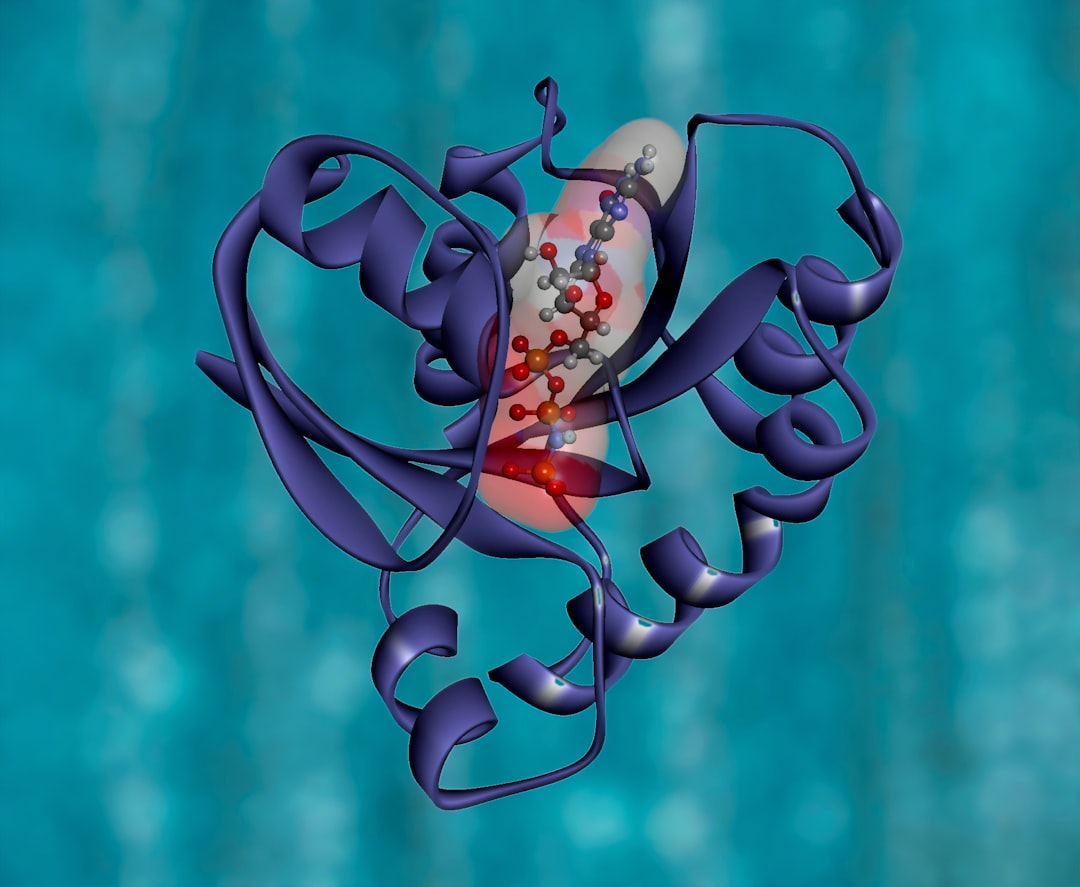What is it about?
Exaggerated inflammatory response driven by pro-inflammatory cytokine Tumor Necrosis Factor-alpha (TNF) results in the pathogenesis of various diseases like arthritis, pneu-monia, diabetes, and sepsis. Extracellular TNF interacts with cell surface TNF receptor (TNFR) to activate signal transduction cascade that culminates in NF-kappaB/AP-1 me-diated transactivation and expression of various pro-inflammatory cytokines and chemo-kines. We recently identified a class of lipids known as oxysterols (25-hydroxycholesterol or 25HC) activating cell surface integrin molecules to trigger Focal Adhesion Kinase (FAK) dependent signaling that resulted in NF-kappaB dependent expression of pro-inflammatory molecules. In our current publication we show that both the TNF and 25HC pathways are connected to maximize TNF-mediated pro-inflammatory response. Mecha-nistically, TNF triggers expression of 25HC generating enzyme cholesterol 25-hydroxylase (C25H) in macrophages via AP-1 (MAP kinase or MAPK) pathway. 25HC generated by C25H is released from TNF primed cells. Extracellular 25HC then engages with cell surface integrin to promote FAK-mediated expression and production of pro-inflammatory mediators. Thus, our studies have highlighted an important role of 25HC in amplifying TNF response via its autocrine/paracrine action.
Featured Image

Photo by Daniele Levis Pelusi on Unsplash
Why is it important?
TNF pathway is always visualized as a single intracellular signaling event for expression of TNF-target genes. However, our study has highlighted that to maximize TNF mediated response, a second messenger like 25HC is needed to act via autocrine and paracrine action as depicted in the schematic model. Thus, two (TNF/TNFR and 25HC/integrin pathways) parallel and simultaneous signaling events may be required to achieve optimal pro-inflammatory response following activation of TNFR by TNF. Additionally, our current study has identified a unique lipid like oxysterols (i.e., 25HC) in bridging/connecting TNF pathway with integrin pathway for amplifying TNF-mediated pro-inflammatory response. Our current study has led to identification of a new signaling network as depicted in the schematic model image (please see below). The schematic model image shows amplifi-cation of TNF mediated pro-inflammatory response by MAPK/NF-kappaB-C25H-25HC-integrin-FAK signaling network. TNFR activation by TNF in “primed” cells (first signal) triggers C25H expression via transactivation of C25H gene by NF-kappaB and MAPK (p38 and JNK triggering MAPK-dependent AP-1 transcription factor like ATF-2) path-ways. This results in 25HC production. Extracellular 25HC activates integrin-FAK-NF-kappaB signaling in non-primed bystander cells (second signal) via paracrine fashion to amplify TNF-mediated pro-inflammatory response. Extracellular 25HC can also confer such action via autocrine mechanism. PM, plasma membrane; INTG, integrin; FAK, fo-cal adhesion kinase; C25H, cholesterol-25 hydroxylase; TNFR, TNF receptor.
Perspectives
Our study has unlocked several new mechanisms as detailed below. a) We have identified two parallel pathways bridged by a lipid molecule for pro-inflammatory response b) We have identified a lipid molecule like 25HC connecting/bridging TNF pathway with integrin-FAK pathway for optimal pro-inflammatory response.
Swechha Mainali Pokharel
Read the Original
This page is a summary of: Tumor Necrosis Factor-alpha utilizes MAPK/NFκB pathways to induce cholesterol-25 hydroxylase for amplifying pro-inflammatory response via 25-hydroxycholesterol-integrin-FAK pathway, PLoS ONE, September 2021, PLOS,
DOI: 10.1371/journal.pone.0257576.
You can read the full text:
Contributors
The following have contributed to this page










